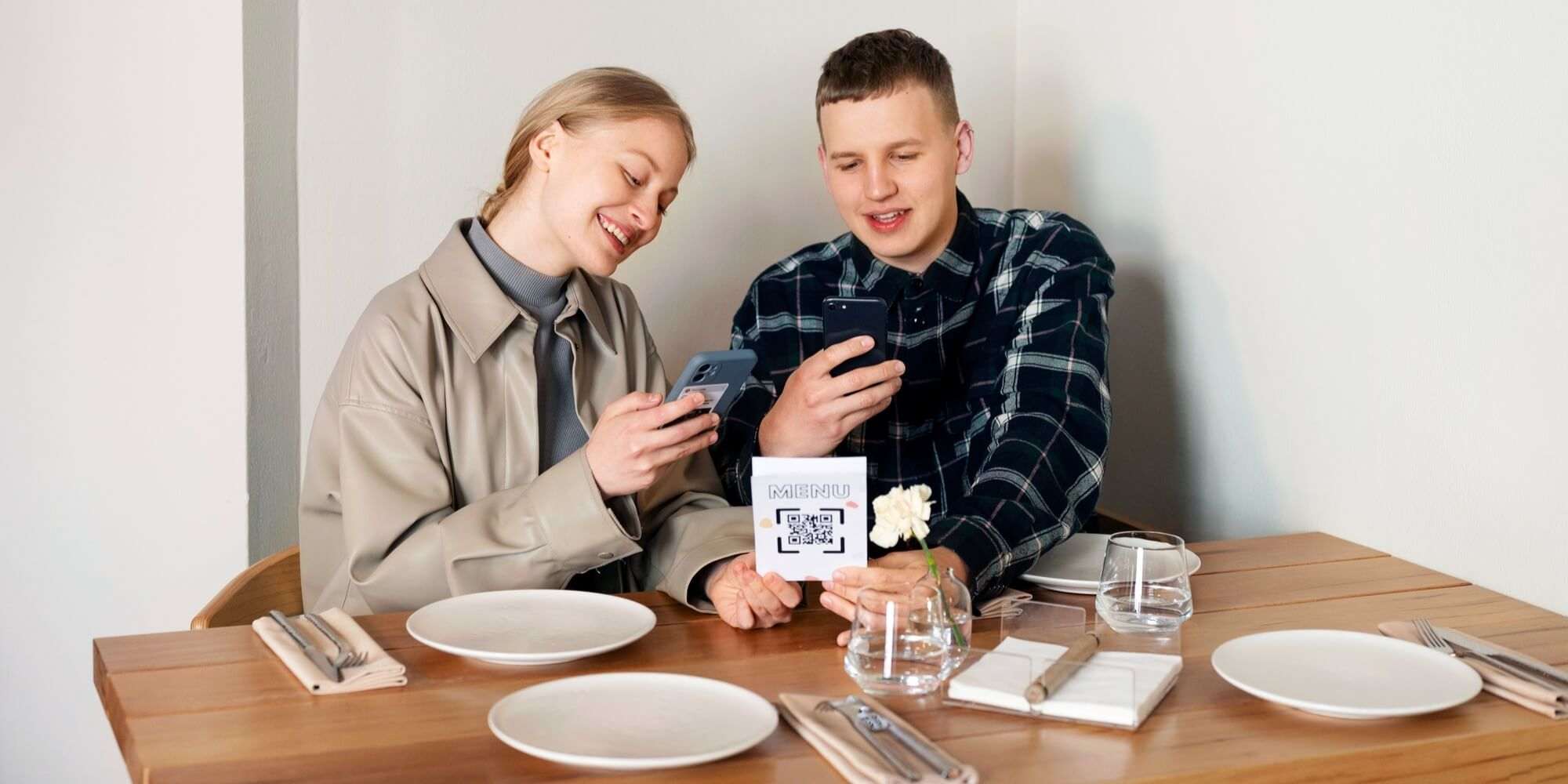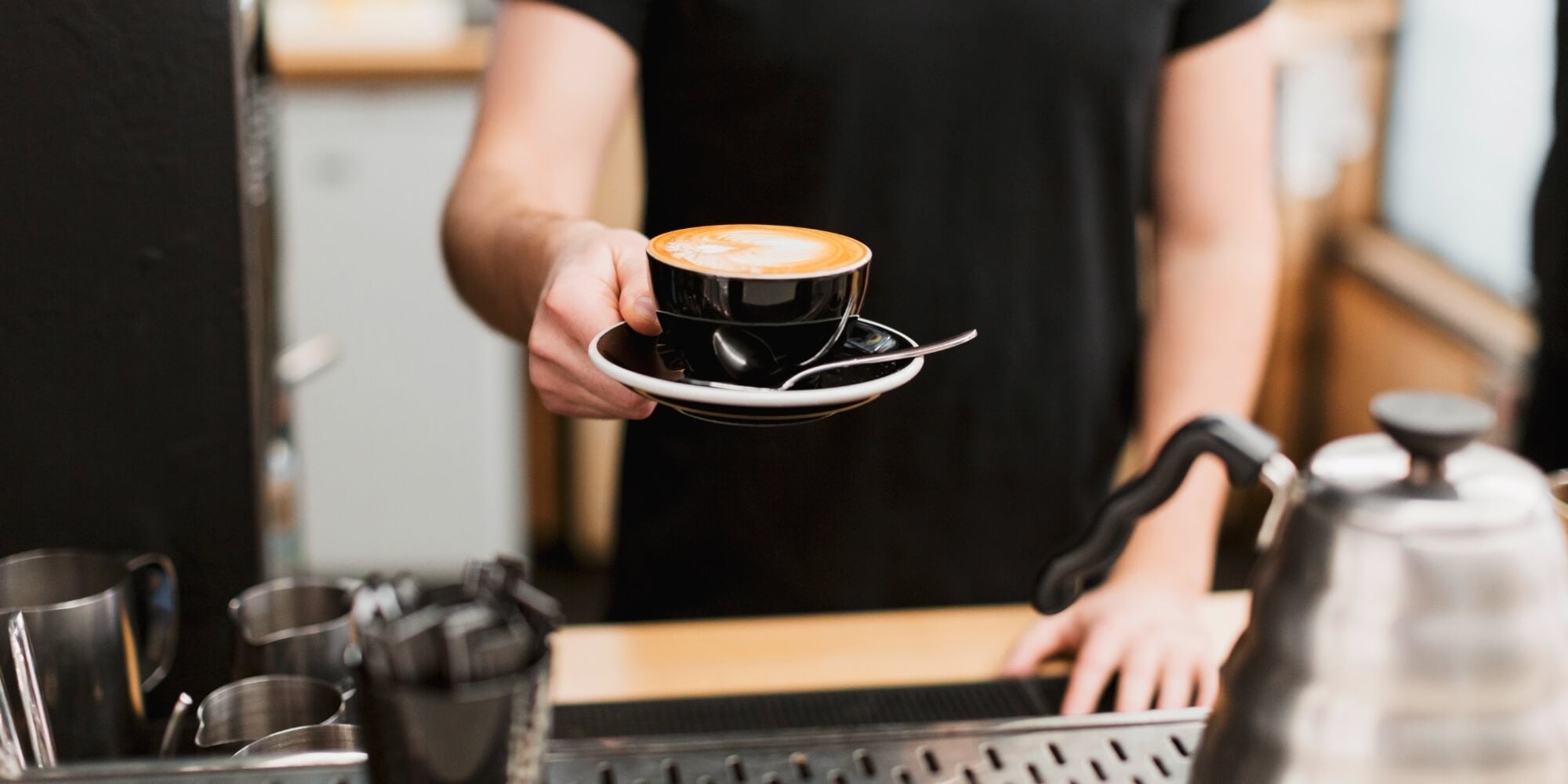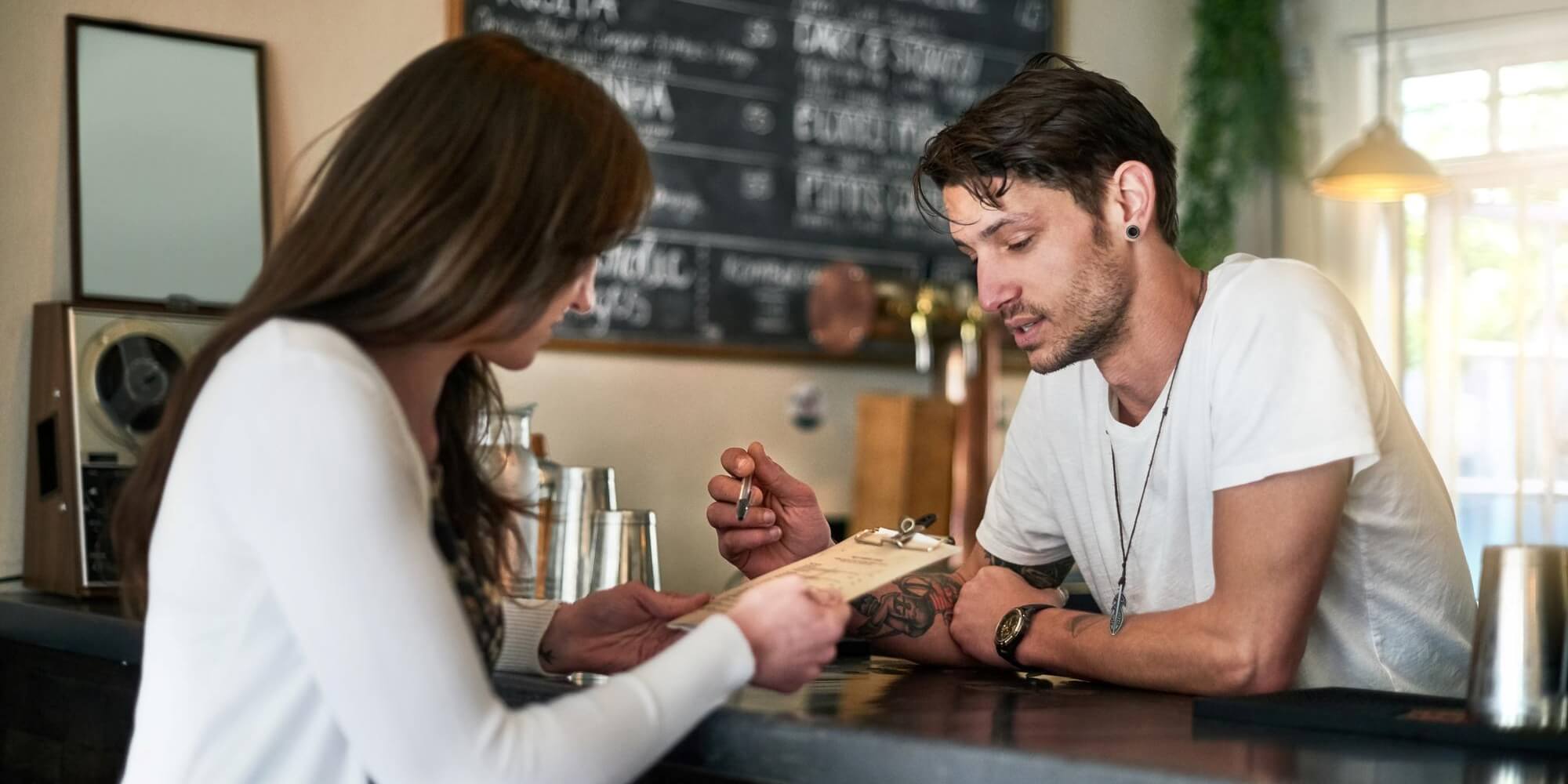
Restaurant Loyalty Programs: Why They Work?
Ever notice how many people pull out their phones or loyalty cards before ordering? That's become standard practice at coffee shops, burger joints, and even upscale bistros. These restaurant loyalty programs aren't just handing out freebies—they're solving a real problem restaurants face every day.
Here's the thing: getting someone through your door the first time costs about five times more than getting them back for a second visit. And in an industry where competition sits on every corner, that math matters.
What makes someone choose your restaurant over the new place that just opened down the street? Sometimes it's the food. Sometimes it's the atmosphere. But often, it's simpler than that—they've got points to use, or they're close to earning something free. That's customer retention strategies at work, and they're changing how restaurants think about building their business.

Key Takeaways
- Loyalty programs transform occasional visitors into regulars who actually look forward to coming back
- They work because getting rewards feels good—it's basic human nature
- You'll find everything from old-school punch cards to fancy apps, and both get results
- The real wins? People visit more often, spend more money, and you get insights into what they actually want
- You don't need a Silicon Valley budget to make this work for your restaurant
What Is a Restaurant Loyalty Program?
A restaurant loyalty program rewards people for coming back. Pretty straightforward, right?
Most programs follow a pattern: you buy food, you earn something (points, stamps, credits), and eventually you get rewarded with free or discounted items. The specifics vary wildly depending on who's running the show.
Your neighborhood taco place might hand you a physical card and stamp it each visit. A national chain probably wants you downloading their app. Both approaches work—what matters is matching the system to your customers and how they actually want to interact with you.
These programs have gotten more interesting over the years. We're not just talking about "buy 10, get 1 free" anymore. Now you've got tiered memberships where spending more unlocks better perks. Birthday freebies. Early access to new menu items. Some places even let you rack up points faster during slow hours, which is pretty clever when you think about it.
Tech has made participation easier too. Many restaurants now use custom QR code signs on tables—customers scan, join the program, and they're in. No app download required if that's not their thing.
The goal underneath all these variations? Make customers feel like choosing you over everyone else is the smart move.
Why Restaurant Loyalty Programs Matter
Let's talk numbers for a second. Studies show that bumping your customer retention up by just 5% can increase profits anywhere from 25% to 95%. That's not a typo. But beyond the statistics, these programs matter for reasons you'll feel immediately in your day-to-day operations.
They make revenue more predictable. When you've got a solid base of regulars who come in weekly or monthly, you're not completely at the mercy of weather, local events, or whatever else might keep random customers away. That predictability helps with everything from ordering ingredients to scheduling staff.
They give you an edge. Your food might be amazing, but so is the food at three other places nearby. When someone's already halfway to a free entrée at your restaurant, they're less likely to try that new competitor. It's not just about the points—it's about the relationship you've built.
They tell you what's actually working. Digital loyalty systems track real behavior: what people order, when they show up, how much they spend. You're not guessing anymore about whether that Tuesday special is worth running or if your weekend brunch needs a menu refresh. The data shows you.
Restaurant marketing tools like loyalty programs also flip the usual equation. Instead of constantly spending money to attract strangers, you're investing in people who already like your food. And those people? They bring friends. They leave reviews. They defend you on social media when some random person complains about something petty.
There's psychology here too. Earning rewards activates the same part of the brain that responds to unexpected gifts. When done right, your loyalty program makes people happy every time they think about it. That emotional connection is worth more than any discount you could offer.
If you're showcasing your loyalty benefits visibly—maybe on customizable wooden menu covers or table signage—you're also reminding non-members what they're missing out on.

Examples of Restaurant Loyalty Programs
Looking at what actually works in the real world helps more than any theoretical advice.
Starbucks Rewards basically wrote the playbook. Earn stars with every dollar, unlock free drinks and food as you go, and get surprised with bonus challenges. The app makes it dead simple. Over half of Starbucks' U.S. sales come from rewards members now, which tells you everything about whether this stuff works.
Chipotle keeps it simple: spend a dollar, get 10 points. Hit 1,250 points, get a free entrée. No complicated math, no fine print. They'll also surprise you with random rewards or let you try new menu items first, which makes people feel special without much extra cost.
Panera's MyPanera does something interesting—they personalize rewards. Your neighbor might get a free bagel while you get soup. It keeps things fresh because you never know exactly what's coming, but you know something's coming.
Independent restaurants prove you don't need venture capital to do this. One successful bistro near me uses a physical punch card system and displays wooden reserved table signs for their loyalty VIP members. Every tenth meal is free. Low-tech, high-impact.
Domino's combines ordering and rewards in their app. You're literally clicking buttons to get pizza while watching your points add up. By removing friction—you're already in the app anyway—they've made participation automatic.
Fine dining spots usually skip the points game entirely. They create exclusive clubs with annual fees that include perks like guaranteed reservations, private chef events, and wine tastings. The focus shifts from saving money to gaining access.
What all these examples share: customers understand them. If your program requires a manual to figure out, you've already lost.
Benefits of Restaurant Loyalty Programs
The benefits of restaurant loyalty programs go deeper than just keeping customers around. Here's what happens when you get this right.
People come back more often. Loyalty members visit roughly 20% more frequently than everyone else. Makes sense—if you've got points burning a hole in your pocket, you're thinking about that restaurant more often. Plus, once coming in becomes a habit, breaking that habit takes effort.
They spend more per visit. We're talking 12-18% higher average checks. Partly it's the points motivation, but there's more to it. Regular customers get comfortable. They try appetizers. They upgrade their drink. They trust your recommendations. First-time visitors play it safe; regulars explore.
Fewer customers disappear. Some churn is normal—people move, change jobs, or just get bored. But loyalty programs slow that drain considerably. Each visit strengthens the connection, builds the habit, creates inertia. Breaking up with a restaurant where you have status and history feels wasteful.
Inventory gets easier. Knowing your regulars will order that salmon dish every Friday helps you stock smarter and waste less. This might sound minor until you're looking at food costs eating into already-thin margins. Small improvements compound.
Customer data becomes useful. Track purchases, spot patterns, test promotions with specific groups before going wide. You can identify your whales (restaurant industry term for highest-value customers), understand seasonal shifts, and stop running promotions that don't actually move the needle.
Word-of-mouth multiplies. Happy loyalty members tell people. It's not even deliberate marketing—they just mention the free birthday dessert they got, or show off their rewards status. Many programs now add referral bonuses, turning your best customers into active recruiters.
Service improves naturally. When staff recognize regulars and know their preferences, magic happens. Remembering someone drinks decaf after 3pm or prefers the corner booth creates moments that big chains can't replicate. That's how small restaurants compete.
Competitors become less threatening. Once someone invests in your program—through accumulated points or just habit—they become harder to poach. The switching cost isn't about money. It's psychological. Starting over somewhere else feels like a downgrade even if the food's comparable.
Slow periods smooth out. Send targeted offers to members who haven't visited recently. Offer double points during your dead hours. Loyalty programs give you levers to pull when business dips, without blasting generic coupons to everyone.
All these benefits stack. You're not just retaining customers—you're building a community that stabilizes revenue, provides feedback, and markets your restaurant authentically.

Looking into Future
Restaurant customer retention isn't rocket science, but it does require intention. These programs work because they align what restaurants need (repeat business) with what customers want (feeling valued and getting rewarded).
You don't need a massive tech stack or unlimited budget. You need to understand your customers, offer rewards they'll actually use, and make joining and participating effortless. Punch card or smartphone app, the underlying principle stays the same: recognize loyalty, and loyalty will recognize you back.
The restaurants winning right now? They're the ones treating regulars like the valuable assets they are. Everything else is just details.




Leave a comment
This site is protected by hCaptcha and the hCaptcha Privacy Policy and Terms of Service apply.